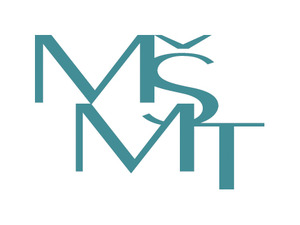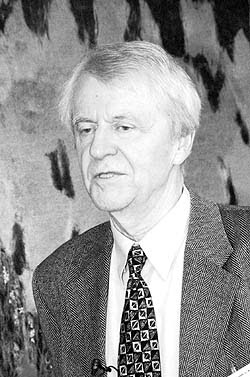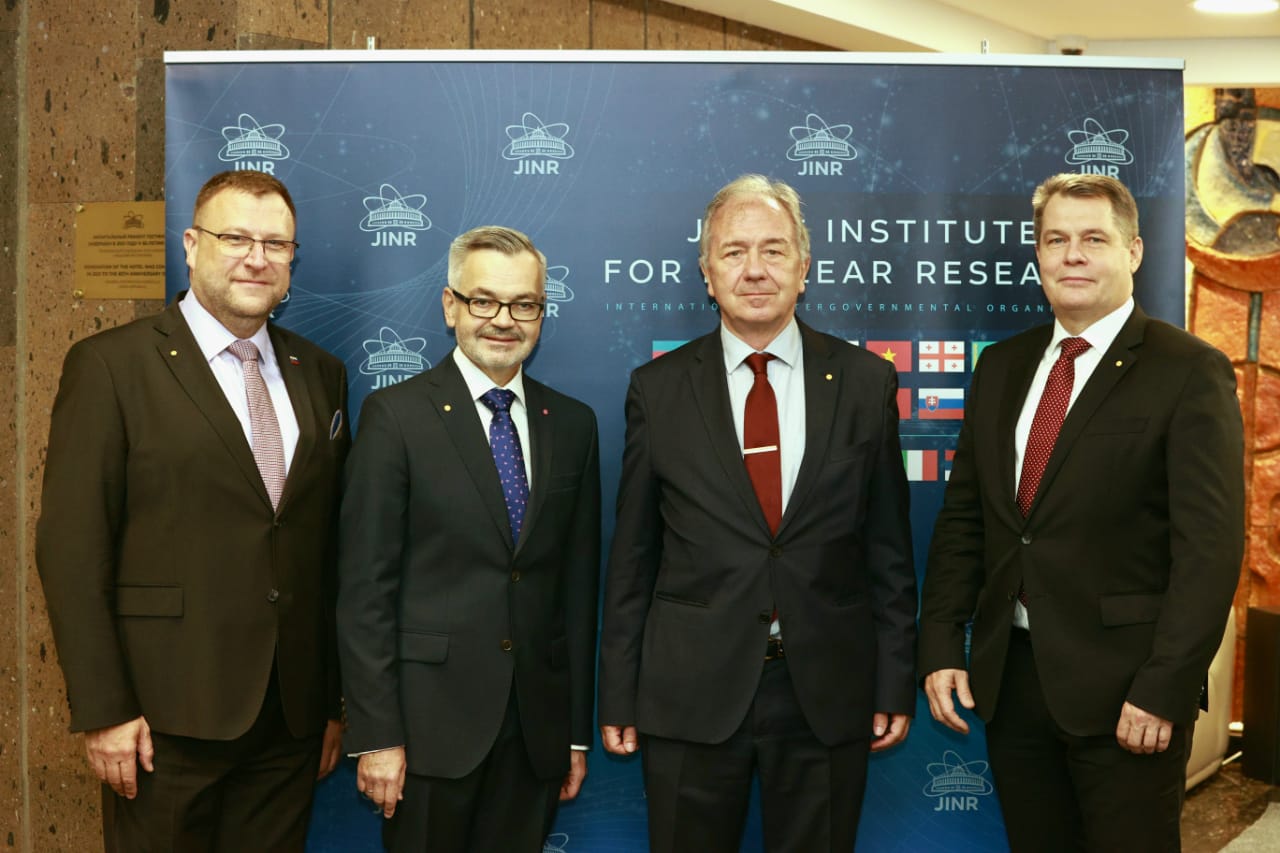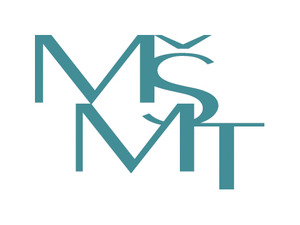Azimuthal anisotropy of charged particles with transverse momentum up to 100GeV/c in PbPb collisions at root S-NN=5.02 TeV
Author
| Sirunyan A.M. | Yerevan Physics Institute, Armenia |
| Finger Miroslav, prof. Ing. DrSc. | Faculty of Mathematics and Physics, Charles University in Prague |
| Finger Michael, M.Sc. CSc. | Faculty of Mathematics and Physics, Charles University in Prague, JINR Dubna |
| et al. | CMS collaboration |
Year
2018
Scientific journal
Physics Letters B, 776, 195-216
Web
Abstract
The Fourier coefficients v(2) and v(3) characterizing the anisotropy of the azimuthal distribution of charged particles produced in PbPb collisions at root S-NN = 5.02 TeV are measured with data collected by the CMS experiment. The measurements cover a broad transverse momentum range, 1 < p(T) < 100 GeV/c. The analysis focuses on the p(T) > 10 GeV/c range, where anisotropic azimuthal distributions should reflect the path-length dependence of parton energy loss in the created medium. Results are presented in several bins of PbPb collision centrality, spanning the 60% most central events. The v(2) coefficient is measured with the scalar product and the multiparticle cumulant methods, which have different sensitivities to initial-state fluctuations. The values from both methods remain positive up to p(T) similar to 60-80 GeV/c, in all examined centrality classes. The v(3) coefficient, only measured with the scalar product method, tends to zero for p(T) greater than or similar to 20 GeV/c. Comparisons between theoretical calculations and data provide new constraints on the path-length dependence of parton energy loss in heavy ion collisions and highlight the importance of the initial-state fluctuations. (C) 2017 The Author. Published by Elsevier B.V.
Cite article as:
A. Sirunyan, M. Finger, M. Finger, . et al., "Azimuthal anisotropy of charged particles with transverse momentum up to 100GeV/c in PbPb collisions at root S-NN=5.02 TeV", Physics Letters B, 776, 195-216 (2018)


 MINISTR ŠKOLSTVÍ KE SPOLUPRÁCI ČR S SÚJV
MINISTR ŠKOLSTVÍ KE SPOLUPRÁCI ČR S SÚJV INTEREST JINR, Wave 6
INTEREST JINR, Wave 6 The passing of Ivo Zvára
The passing of Ivo Zvára Call for the projects solved in collaboration with JINR (Projects 3+3)
Call for the projects solved in collaboration with JINR (Projects 3+3)  Call for the Grants of the Plenipotentiary of the Government of the Czech Republic in JINR
Call for the Grants of the Plenipotentiary of the Government of the Czech Republic in JINR Czech Ambassador in Russia visited JINR
Czech Ambassador in Russia visited JINR INTEREST JINR, Wave 5
INTEREST JINR, Wave 5 Russia Visa Centre
Russia Visa Centre Working Stays CR - JINR 2022
Working Stays CR - JINR 2022